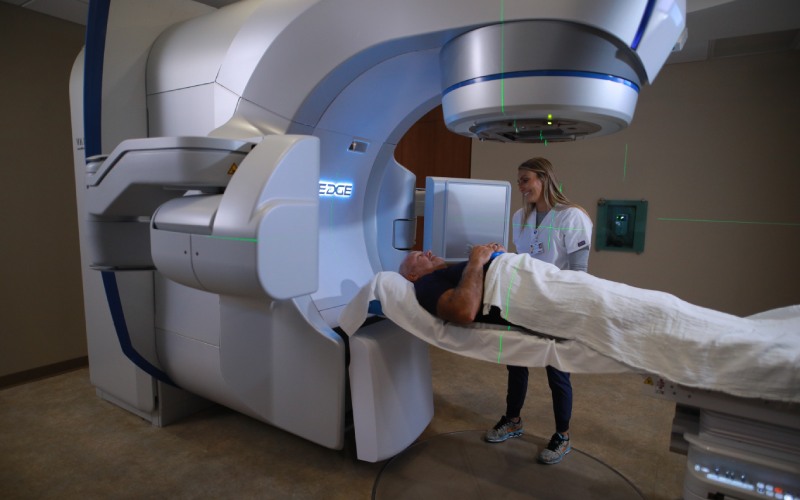
Radiation treatment has been a mainstay in treating many cancers, offering hope and healing to countless patients. This very instrument to help in the fight against cancer could also result in health problems from its compelling nature. Recent strides in the advancement of medical science have come up with innovative therapies to mitigate the worst effects of radiation. This blog covers some pioneering approaches that help shed light on the future of radiation-related healthcare.
Empathy: Understand Radiation-Related Health
Despite being effective against cancer cells, radiation therapy can also result in collateral damage toward surrounding normal tissues, resulting in side effects from local skin irritation to severe events, for instance, radiation pneumonitis or fibrosis and secondary cancers. It may significantly affect patients’ quality of life and consequently calls for innovative therapeutic approaches.
Cutting Edge Treatments and Practices
Proton Therapy
Because of their physical properties, they deliver a higher radiation dose with accuracy directly to the tumor, with minimal effects on surrounding healthy tissues. This reduces the likelihood of side effects and improves treatment efficacy.
BNCT utilizes a capturing process of the boron
BNCT is an experimental therapy that promises to kill cancer cells at the molecular level. First, patients at UEW Healthcare are treated with a boron-containing compound that selectively accumulates in cancer cells. Then, when the patient is exposed to neutron radiation, the capture of the neutron by a boron atom results in a reaction that kills the cancer cells from inside, at the molecular level, while leaving healthy tissues unharmed.
Radioprotective Agents
Radioprotective agents are pharmaceutical substances designed to protect tissue cells of normal tissues against the action of ionizing radiation. An example of a radioprotective agent with tangible efficacy in limiting radiation-induced damage among head and neck cancer patients is amifostine.
Hyperbaric Oxygen Therapy (HBOT)
Specifically, it includes raising the blood oxygen levels to breathe pure oxygen in a pressurized environment where the patient sits, leading to healing in their impaired tissues. Treatment using this method in radiation-initiated injuries against tissue damages has proven promising, enhancing tissue repair and minimizing inflammation.
The Future of Radiation Therapy and Patient Care
Continuous research and development of novel therapies are changing the entire radiation-related healthcare scenario. Personalized treatment is essential today. Better genetic testing and biomarkers identify more sensitive targeting therapies and, through minimal exposure, offer very minimal side effects and better results.
Besides, integrative approaches, which integrate several kinds of therapy, have proven truly promising. Examples are proton therapy combined with immunotherapy and radioprotective agents in conjunction with stem-cell treatment, which has an enhancing effect on treatment outcomes and the well-being of a patient.
The journey to reduce side effects associated with radiotherapy is checkered with landmark strides in medical science. Innovative therapies like proton therapy, BNCT, radioprotective pharmaceuticals, HBOT, stem cell therapy, and immunotherapy are at the forefront. These pioneering therapies, yet in the stages of research and development, actually bode great potential for the future of cancer treatment through enhancing outcomes and remission maintenance, redefining the quality of life to normalization during and after therapy. This means the future is bright, and the continued infusion of innovation with patient care will undoubtedly yield further groundbreaking advancements in this field.
